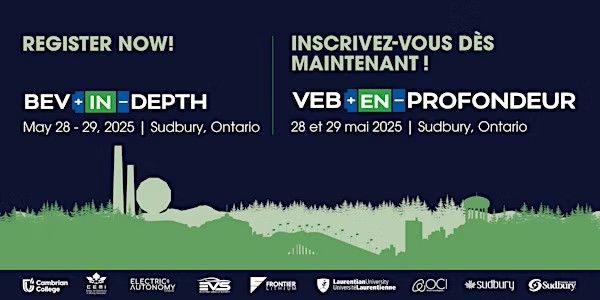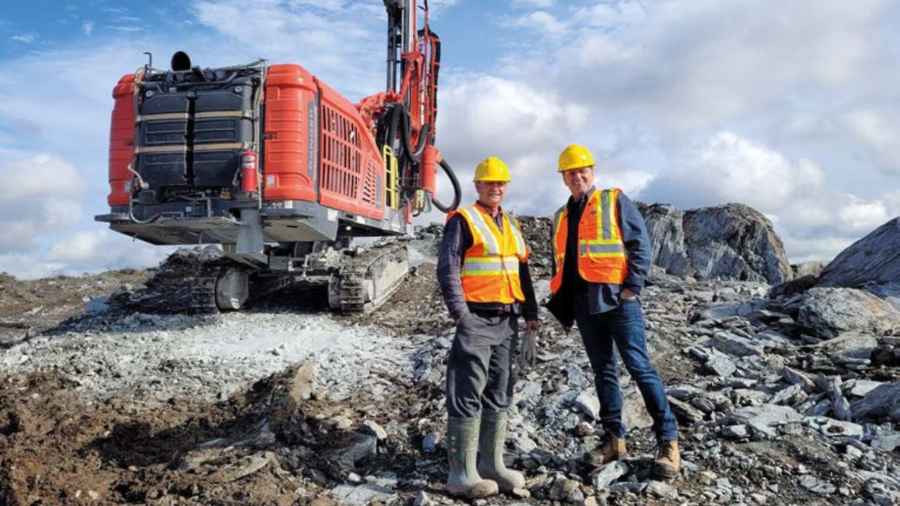A national voice for the mining industry
In the February issue of the CMJ, Russell Noble sent out “A call to all Mining Associations”, expressing the need for a national voice in addressing the looming skills shortage faced by the industry. A key question asked was “what are the associations affiliated with mining in Canada doing to help these vacancies?” We were surprised that the editor was not aware of the comprehensive, integrated approach that has been ongoing for some years now, in which industry, government and key stakeholders are very much involved on many levels. Thus the question he posed is relatively easy to answer – unlike the complex issue of the mining skills shortage.
The Mining Industry Human Resource Council’s (MiHR) latest research indicates that the Canadian mining industry will need to hire 100,000 new workers by 2020 to meet the needs from growth in employment and replacement requirements. Rapid and effective solutions are essential. Deloitte wrote an article on this very subject on page 10 of the February issue of the CMJ, with some very valid recommendations which echo aspects of MiHR’s industry-led strategy.
Governed by a multi-partite board of directors which includes representation from mining employers, organized labour, education, associations and funded in part by the Mining Association of Canada, MiHR is active in three key areas to address the skills shortage: 1) projects that attract new people to the industry and retain those currently working in our sector; 2) the provision of labour market intelligence that provides industry an empirical basis for strategy development; and 3) a Canadian mining credentials program to formally recognise worker knowledge and skills, create an appropriately skilled workforce and empower miners in their careers.
In his article, Russell Noble highlighted some ideas to target youth using a national television campaign. Over the past 10 years, MiHR has done considerable research to identify the best methods for reaching all underrepresented sources of talent, including youth. While a costly television campaign may have been the best solution 10 or 20 years ago, youth today are not so easily persuaded and television is no longer their primary source of information. The internet has given them access to a world of information, while social media allows them to ask questions and voice their own opinions and engage in a dialogue. The fact that mining offers some of the highest paying career opportunities is an asset, but research indicates that youth also value other factors very highly when making career choices. Generation Y, or millennials, expect enriched jobs that offer varied life experiences, and consider the quality of their work environment and corporate reputation as “very important” on their list of priorities.
The answer is not a unidirectional flow of information to young people, but rather strategies to engage with them directly. At a national level MiHR and its partners have several projects that are doing just that. “Explore for More” career materials have been distributed to every high school in Canada. MiHR and our partners invest heavily in new media through www.acareerinmining.ca, the Canadian Mining Students Facebook page and the Youtube career video channel; industry partners attend career fairs, and student bloggers are hired to write about careers in mining. Other initiatives include a speakers’ bureau for educators to create awareness of careers in mining in the classroom, and providing mentors for mining students – to name just a few. National, provincial and territorial mining and mineral exploration associations across Canada are also implementing a multitude of innovative solutions to inform and engage with youth. You only need to visit the websites of the PDAC, MAC, OMA, MABC or others to see some of these programs.
On the federal public policy front, both MAC and the PDAC have, for many years, worked closely with government to develop a policy environment that is supportive of and complementary to, the private sector initiatives aimed at addressing the skills shortage. Areas of focus have included investment in education and training, support for the development of credentialing programs, aboriginal inclusion and much more. Provincial and territorial mining associations are also actively advocating for similar measures within their respective jurisdictions.
The skills shortage in mining is a complex issue, as reflected by the broad range of initiatives being undertaken both by individual employers and by the industry associations that foster their collaboration. However, Russell Noble makes a valid point in that more can always be done. Any investment in expanding and diversifying the pipeline of potential mining career seekers has the potential to save millions in the future – but the solution is somewhat more complex than a television campaign with “music from Clint Eastwood’s a Fistful of Dollars.” While this may appeal to a number of people currently in mining (average age ~50), a more innovative and targeted approach is required to reach young people.





Comments